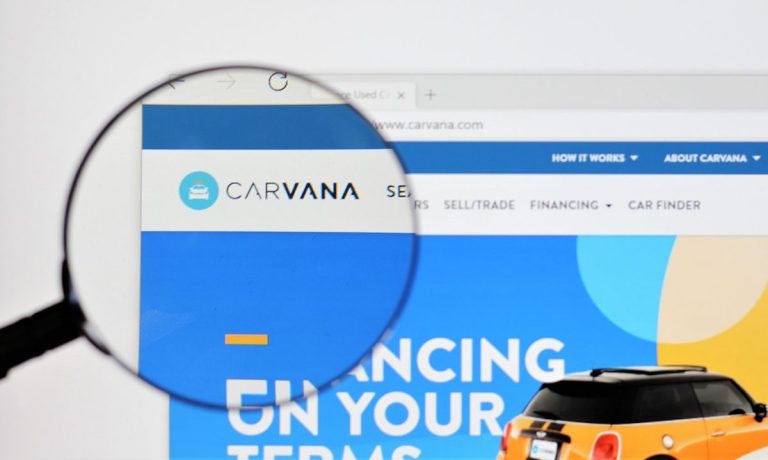Carvana Revenue Up 200 Pct As Used Cars Remain Hot

Online car dealership Carvana’s revenue went up almost 200 percent in the second quarter of 2021 from the same time a year ago, and the firm sold more than 100,000 vehicles for the first time, a 96 percent increase from a year earlier.
The results have company officials confident that they are “firmly on the path to changing the way people buy cars, to delivering more than two million cars per year and to becoming the largest and most profitable automotive retailer.”
“Our growth in retail units combined with our even faster growth in cars bought from customers materially outpaced any sequential growth we’ve previously seen as a company,” Carvana said in the company announcement.
You may also like: Carvana Sells More But Spends More As Effort To Meet Demand Proves Costly
The financial results, which rocketed past analysts’ estimates, come as a global microchip shortage continues to hamper new vehicle production, pushing used car prices increasingly higher. And the situation doesn’t look to be getting better anytime soon — General Motors Chief Financial Officer Paul Jacobson said on the company’s earnings call on Wednesday (Aug. 4) that the automaker expects depressed inventories going into 2022.
Carvana opened its 13th inspection and reconditioning center near Cleveland in the second quarter of 2021, bringing the company’s annual production capacity to 750,000 units, and also added 27 new markets to its coverage map. The company is planning to open eight more inspection and reconditioning centers by the end of 2022, bringing its total capacity to 1.25 million units.
Looking ahead, Carvana expects to see “exceptional demand” and revenue growth that is more closely aligned with retail unit growth as the company moves past the downturn caused by the COVID-19 pandemic in the first half of 2020.
Related: Carvana Invests $500 Million In New Facilities And Staff
Carvana has invested $500 million in employees and facilities. Last year, the company spent $360 million on capital projects, with half of that going toward four new reconditioning centers.
The Wall Street Journal reported that the company plans to hire around 5,000 new employees. It currently has around 10,400 part-time and full-time employees. The investments will help with the rising demand, including solving some of the inefficiencies the company experienced during the pandemic last year, such as temporary staffing shortages.